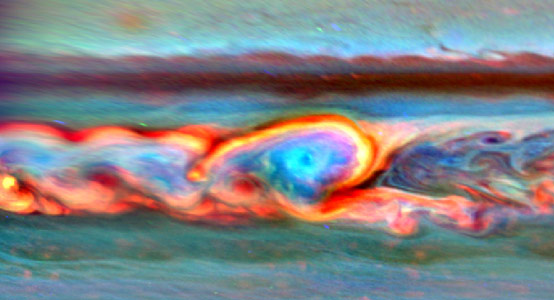
This mosaic of false-color images from NASA’s Cassini spacecraft shows what a giant storm in Saturn’s northern hemisphere looked like about a month after it began. The bright head of the storm is on the left. The storm also spawned a clockwise-spinning vortex, seen as the light blue circular feature framed with a curl of bright clouds a little to the right of the storm head. The colors indicate the altitudes of the clouds – red is the lowest, green is an intermediate level and blue is the highest. White indicates thick clouds at a high altitude. Scientists assigned red to a wavelength of radiation that penetrates the atmosphere deep down to the top of the tropospheric cloud deck (750 nanometers). The troposphere is the part of the atmosphere where weather occurs. They assigned green to the 728-nanometer wavelength. Blue is a wavelength band that penetrates only to the top of tropospheric haze (890 nanometers). Credit: NASA/JPL-Caltech/SSI/Hampton University
Using data from NASA’s Cassini spacecraft, scientists analyzed a massive storm on Saturn. The storm was the longest-lasting ever recorded on Saturn and it spawned the largest tropospheric vortex ever seen there.
Call it a Saturnian version of the Ouroboros, the mythical serpent that bites its own tail. In a new paper that provides the most detail yet about the life and death of a monstrous thunder-and-lightning storm on Saturn, scientists from NASA’s Cassini mission describe how the massive storm churned around the planet until it encountered its own tail and sputtered out. It is the first time scientists have observed a storm consume itself in this way anywhere in the solar system.
“This Saturn storm behaved like a terrestrial hurricane – but with a twist unique to Saturn,” said Andrew Ingersoll, a Cassini imaging team member based at the California Institute of Technology, Pasadena, who is a co-author on the new paper in the journal Icarus. “Even the giant storms at Jupiter don’t consume themselves like this, which goes to show that nature can play many awe-inspiring variations on a theme and surprise us again and again.”
Earth’s hurricanes feed off the energy of warm water and leave a cold-water wake. This storm in Saturn’s northern hemisphere also feasted off warm “air” in the gas giant’s atmosphere. The storm, first detected on December 5, 2010, and tracked by Cassini’s radio and plasma wave subsystem and imaging cameras, erupted around 33 degrees north latitude. Shortly after the bright, turbulent head of the storm emerged and started moving west, it spawned a clockwise-spinning vortex that drifted much more slowly. Within months, the storm wrapped around the planet at that latitude, stretching about 190,000 miles (300,000 kilometers) in circumference, thundering and throwing lightning along the way.
Terrestrial storms have never run into their own wakes – they encounter topographic features like mountains first and expand themselves. But Saturn has no land to stop its hurricanes. The bright, turbulent storm head was able to chomp all the way around the planet. It was only when the head of the storm ran into the vortex in June 2011 that the massive, convective storm faded away. Why the encounter would shut down the storm is still a mystery.
By August 28, after 267 days, the Saturn storm stopped thundering for good. While Cassini’s infrared detectors continue to track some lingering effects in higher layers of Saturn’s atmosphere, the troposphere – which is the weather-producing layer, lower in the atmosphere – has been quiet at that latitude.
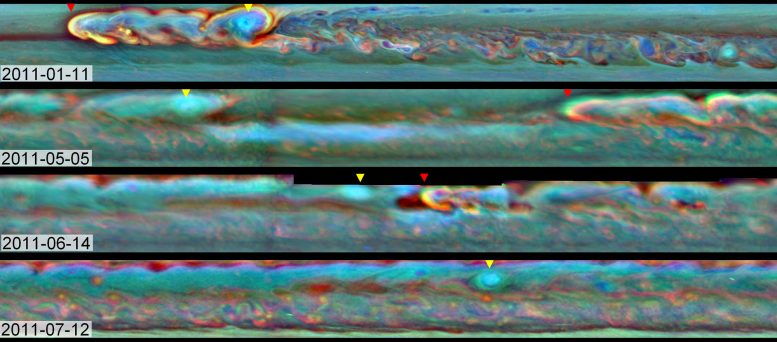
This set of images from NASA’s Cassini mission shows the evolution of a massive thunder-and-lightning storm that circled all the way around Saturn and fizzled when it ran into its own tail. The storm was first detected on December 5, 2010. That month, it developed a head of bright clouds quickly moving west and spawned a much slower-drifting clockwise-spinning vortex.
In the annotated images, the bright clouds at the head of the storm are indicated with a red triangle. A yellow triangle indicates the vortex.
The top image was taken on Jan. 22, 2011, shortly after the start of the storm, showing the bright head of the storm just ahead of the vortex by about 25,000 miles (40,000 kilometers). The second image shows that, on May 5, 2011, the head of the storm has traveled around the planet and started approaching the vortex from the east. The storm’s body stretched 140,000 miles (224,000 kilometers), and the head was within about 51,000 miles (82,000 kilometers) of catching up to the vortex. This image also shows how quickly the vortex lost steam, shrinking and losing its bright clouds, compared to the still-raging head of the storm. By the third image, taken on June 14, 2011, the head of the storm had made its way almost entirely around the planet, about 183,000 (292,000 kilometers) miles ahead of the vortex in a westward direction, and it was about to catch up with the vortex. The head of the storm was just 8,700 miles (14,000 kilometers) to the east of the vortex at this time. The bottom image, from July 12, 2011, shows how the storm fizzled once the head and vortex collided. Only the vortex remains in that picture, while the bright cloud has disappeared. By late August, that band around Saturn stopped thundering and throwing lightning for good, though there continues to be turbulence in higher parts of the atmosphere. Credit: NASA/JPL-Caltech/SSI/Hampton University
“This thunder-and-lightning storm on Saturn was a beast,” said Kunio Sayanagi, the paper’s lead author and a Cassini imaging team associate at Hampton University in Virginia. “The storm maintained its intensity for an unusually long time. The storm head itself thrashed for 201 days, and its updraft erupted with an intensity that would have sucked out the entire volume of Earth’s atmosphere in 150 days. And it also created the largest vortex ever observed in the troposphere of Saturn, expanding up to 7,500 miles [12,000 kilometers] across.”
The vortex grew to be as large as the giant storm known as Oval BA on Jupiter. But Oval BA and Jupiter’s more famous storm – the Great Red Spot – are not thunder-and-lightning storms. Jupiter’s storms also have a quiet center, unlike the violence at the center of Saturn’s storms.
“Cassini’s stay in the Saturn system has enabled us to marvel at the power of this storm,” said Scott Edgington, Cassini’s deputy project scientist at NASA’s Jet Propulsion Laboratory in Pasadena, California. “We had front-row seats to a wonderful adventure movie and got to watch the whole plot from start to finish. These kinds of data help scientists compare weather patterns around our solar system and learn what sustains and extinguishes them.”
This storm was the longest running of the massive storms that appear to break out in Saturn’s northern hemisphere once every Saturn year (30 Earth years). The longest storm of any size ever detected on Saturn actually unfolded over 334 days in 2009 in an area known as “Storm Alley” in the southern hemisphere, but it was about 100 times smaller in area than the latest northern storm.
Reference: “Dynamics of Saturn’s great storm of 2010–2011 from Cassini ISS and RPWS,” Icarus, Volume 223, Issue 1, March 2013, by Kunio M. Sayanagi, Ulyana A. Dyudin, Shawn P. Ewald, Georg Fischer, Andrew P. Ingersoll, William S. Kurth, Gabriel D. Muro, Carolyn C. Porco and Robert A. West, Icarus.
DOI: 10.1016/j.icarus.2012.12.013
The Cassini-Huygens mission is a cooperative project of NASA, the European Space Agency, and the Italian Space Agency. JPL manages the mission for NASA’s Science Mission Directorate, Washington. The Cassini orbiter and its two onboard cameras were designed, developed, and assembled at JPL. The imaging team consists of scientists from the U.S., England, France, and Germany. The imaging operations center is based at the Space Science Institute in Boulder, Colorado.

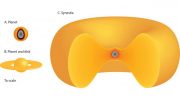

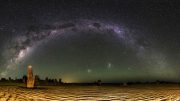
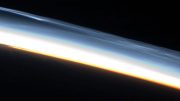
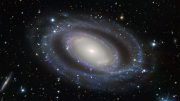

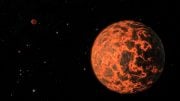

Lord, if something like this happened in St.Louis the weather people would have to get their own channel and broadcast ‘doom and gloom’ 24/7.
sounds like a planet rich in resources. a fueling dock possibly. wonderful pictures everything is everything truly.
I wonder how that would correlate with the sun’s activity that’s quite a bit of electricity